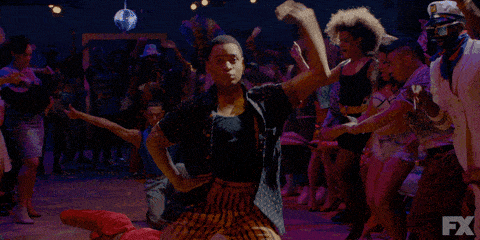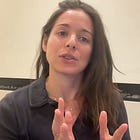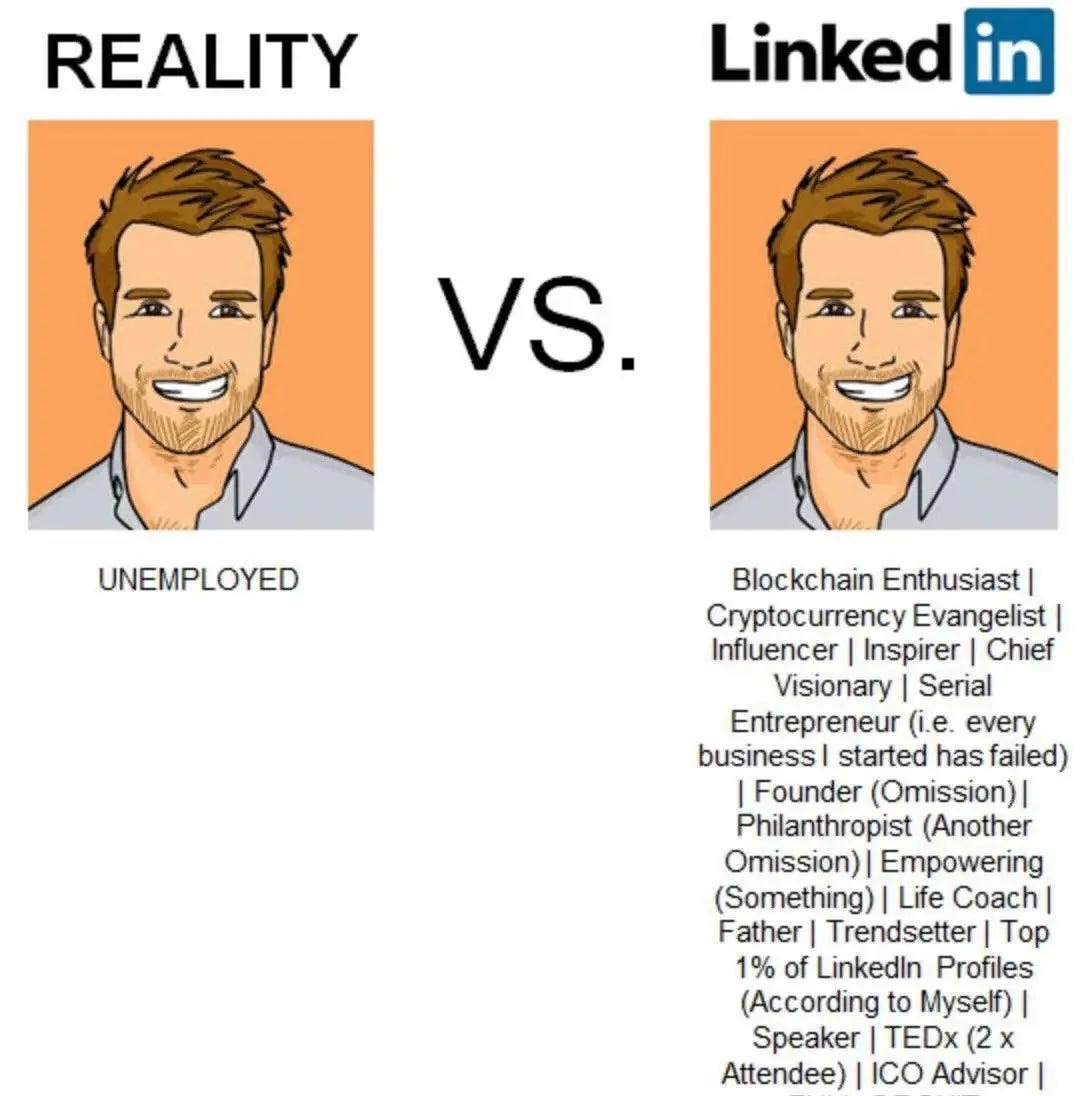Everything doesn’t need to be scalable.
And it really shouldn't be. Here's why.
Lately, I've been thinking a lot about the *1000 True Fans* theory I learned about during my time at Spotify. The product teams spent countless hours considering the creator’s experience—building tools to help musicians actually live off their art1. The theory, coined by Kevin Kelly, goes something like this:
“To be a successful creator, you don’t need millions. You don’t need millions of dollars, millions of customers, or even millions of fans. To make a living as a craftsperson, photographer, musician, designer, author, or entrepreneur, you need only about 1000 true fans—those who will buy anything you create, come to every show, and stick with you through thick and thin.”
We realized that not everyone could—or wanted to—be Taylor Swift.2
A more meaningful experience might come from engaging deeply with super fans: the ones who buy your merch, come to your shows, and promote your work. For these artists, success wasn’t about global fame; it was about connecting with the right audience.
We believed that if we could help artists find and cultivate those 1000 true fans—the people who would invest in them beyond streaming and ticket sales—they could truly live off their work. That’s what success could look like. It was an inherently anti-scale model.
I’m the Creator Now
Now I find myself in the shoes of a creator—a solopreneur trying to find my own 1000 100 true fans, aka my clients.
And just like the artists I used to build for, I’ve had to think about what success really means for me.
Here’s the thing:
My vision isn’t rooted in finances (although, let’s be real, I live in NYC, so the money matters). But more than anything, it’s about how I *feel* when I’m working. When you make a lot of money but feel like shit, the money somehow becomes less important…3
I don’t dream of being the next Lenny Rachitsky, the Taylor Swift of product.4
I don’t want a million followers. Sounds exhausting.
I want real connections and authentic conversations.
I want to serve up product realness.5
Serving Product Realness
One of my clients summed it up well this week:
“The reason I chose [Jori] is because she’s been in product—she gets it.
Everyone can tell you to set boundaries, but what does that actually look like in a product role?
I didn’t just want an article to read; I wanted someone to talk to, someone who could really understand the challenges I was facing in real time.
The fact that she’s worked with people at different types and sizes of companies, and at big-name companies, gave me confidence.
When she tells me, ‘This happens everywhere,’ it’s reassuring.”
That’s the kind of connection I get to build with my clients.
It’s real and it’s grounded.
People don’t hire me because I’ve got fancy credentials or a perfect LinkedIn feed.
They hire me because:
I’ve been there. I’ve done the work—12 years as a builder at companies big and small and a willingness to pull back the curtain on the experience.
I can speak to macro trends because I have clients at big tech companies and tiny startups. I have my finger on the pulse of Product as a craft way more than I ever did while working at a corporate job. I run a monthly Product breakfast so I get to see what’s actually happening on the ground.
BONUS: I love making a good connection. And when you spend over a decade6 in a city, you build a really strong local network…from one of my clients:
“[Jori] always generously facilitates connections with like-minded professionals, leveraging her extensive network of top-notch product managers in the industry.
Her coaching, therefore, comes with the added benefit of tapping into a collective hive mind of individuals who share a passion for excellence in product management.”7
Find Your “1000 True Fans” aka your people
LinkedIn these days feels like Instagram for careers—a highlight reel.
But what happens when things go wrong?
When you don’t get the promotion?
When you sunset a product?
When you get fired?8
I’ve had big wins. I’ve had epic failures. And because of that, I can help other product leaders navigate their own journeys with real advice grounded in actual experience.
It’s easy to scroll through LinkedIn, deep-stalking people with better credentials than you and beating yourself up. I used to do it all the time.
But remember: that’s not the full story. It’s just a display.
It is instagram vs. reality on a new platform.9
Instead…
Get yourself a community where you can show up authentically.
If you’re a Product Leader near NYC, come join me at Breakfast one day.
If you’re a coach, find other coaches in community.
Get yourself a coach with a point of view.
Yes, you know me by now. But coaching is a relationship. And if you’re looking for some coaches that aren’t me, I know many good ones. Remember, I love making a good connection. Let’s connect.
Remember, some things just don’t scale — and they shouldn’t.
Thanks for reading!
Pay the bills beyond their abysmal royalty checks.
That was then but maybe with her world dominance and platform…that’s changed.
A privilege and a tangent for another day.
What’d you think Lenny? Try that title on for size ;-)
Giggling thinking to myself about a Reforge or Maven class that’s a combo of product management and voguing, IYKYK.
That one’s for you, Todd.
Because you will get fired one day. And you’re going to be ok.
As a soloprenuer I struggle deeply with LinkedIn, especially because I quit Instagram years ago for the very reasons I’m stating above. It made me feel like shit.





